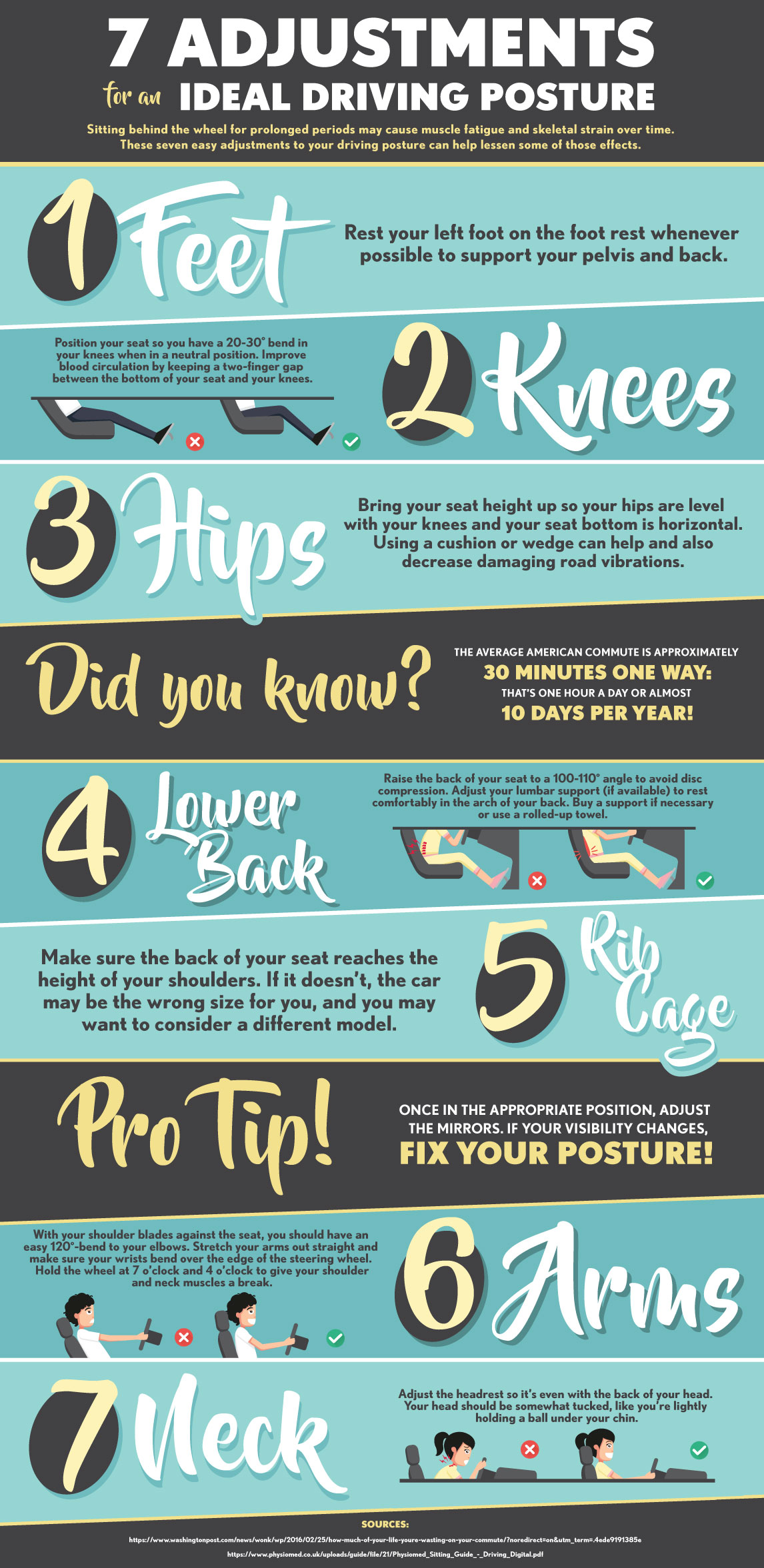The Impact Of Stance On Back Pain: Approaches For Sustaining Proper Positioning Throughout Daily Activities
The Impact Of Stance On Back Pain: Approaches For Sustaining Proper Positioning Throughout Daily Activities
Blog Article
Short Article Composed By-Houghton Fox
Keeping appropriate stance isn't practically staying up directly; it's about straightening your body in such a way that sustains your back and reduces the threat of pain in the back. The method you sit, stand, and relocate throughout the day can considerably influence your back health and wellness. But just how specifically can you make sure excellent positioning consistently, even throughout hectic days full of various activities? Allow's dig deeper into the refined yet impactful modifications you can make to your day-to-day regimen to maintain your back pleased and healthy.
Importance of Appropriate Posture
Correct posture is crucial in preserving a healthy and balanced back and stopping pain. When you rest or stand with good pose, your back is in positioning, decreasing strain on your muscular tissues, tendons, and joints. This placement allows the body to distribute weight uniformly, protecting against too much anxiety on specific areas that can cause pain and discomfort. By maintaining your spinal column effectively straightened, you can also enhance your breathing and food digestion, as slouching can compress organs and limit their capability.
Furthermore, keeping location types of back pain can improve your general look and positive self-image. When you stand tall with your shoulders back and head held high, you exude confidence and appear more approachable. Good stance can additionally make you feel a lot more stimulated and sharp, as it advertises correct blood circulation and enables your muscle mass to function efficiently.
Including correct stance into your day-to-day routine, whether sitting at a desk, walking, or working out, is vital for preventing neck and back pain and advertising general health. Remember, a small modification in just how you hold on your own can make a significant distinction in how you feel and operate throughout the day.
Common Postural Mistakes
When it pertains to preserving great position, numerous individuals unconsciously make usual errors that can add to pain in the back and discomfort. One of the most widespread mistakes is slumping over or stooping over while resting or standing. This position places excessive stress on the spine and can cause muscular tissue imbalances and discomfort in the long run.
Another usual mistake is overarching the lower back, which can flatten the natural contour of the spine and trigger pain. Additionally, crossing legs while sitting might really feel comfortable, however it can create a discrepancy in the hips and pelvis, leading to postural problems.
Using a cushion that's too soft or too firm while sleeping can likewise influence your placement and add to neck and back pain. Lastly, constantly craning your neck to look at displays or adjusting your position frequently can strain the neck and shoulders. Bearing in mind these common postural errors can assist you preserve better positioning and reduce the danger of neck and back pain.
Tips for Correcting Alignment
To enhance your alignment and minimize neck and back pain, it's essential to focus on making small modifications throughout your daily routine. Begin by being mindful of your pose. When sitting, ensure integrative/holistic therapy are level on the floor, your back is straight, and your shoulders are loosened up. Stay clear of slouching or leaning to one side. Usage ergonomic chairs or cushions to support your reduced back.
When standing, distribute your weight equally on both feet, maintain your knees somewhat bent, and tuck in your pelvis. Involve your core muscles to support your spinal column. Take breaks to stretch and walk around if you have an inactive work. Incorporate workouts that reinforce your core and back muscular tissues, such as planks or bridges.
While sleeping, make use of a pillow that sustains the all-natural curve of your neck to keep appropriate spinal placement. Avoid sleeping on your tummy, as it can stress your neck and back. By bearing in lower back pain cause and making small adjustments, you can slowly correct your alignment and alleviate pain in the back.
Final thought
Keep in mind, maintaining good pose is essential to stop pain in the back and advertising back health. By being mindful of your positioning, dispersing weight evenly, and involving your core muscles, you can decrease stress on your back and reduce the risk of discomfort and injury. Integrate ergonomic assistance, take normal breaks to extend, and enhance your core and back muscular tissues to maintain proper placement throughout the day. Your back will thanks for it!
